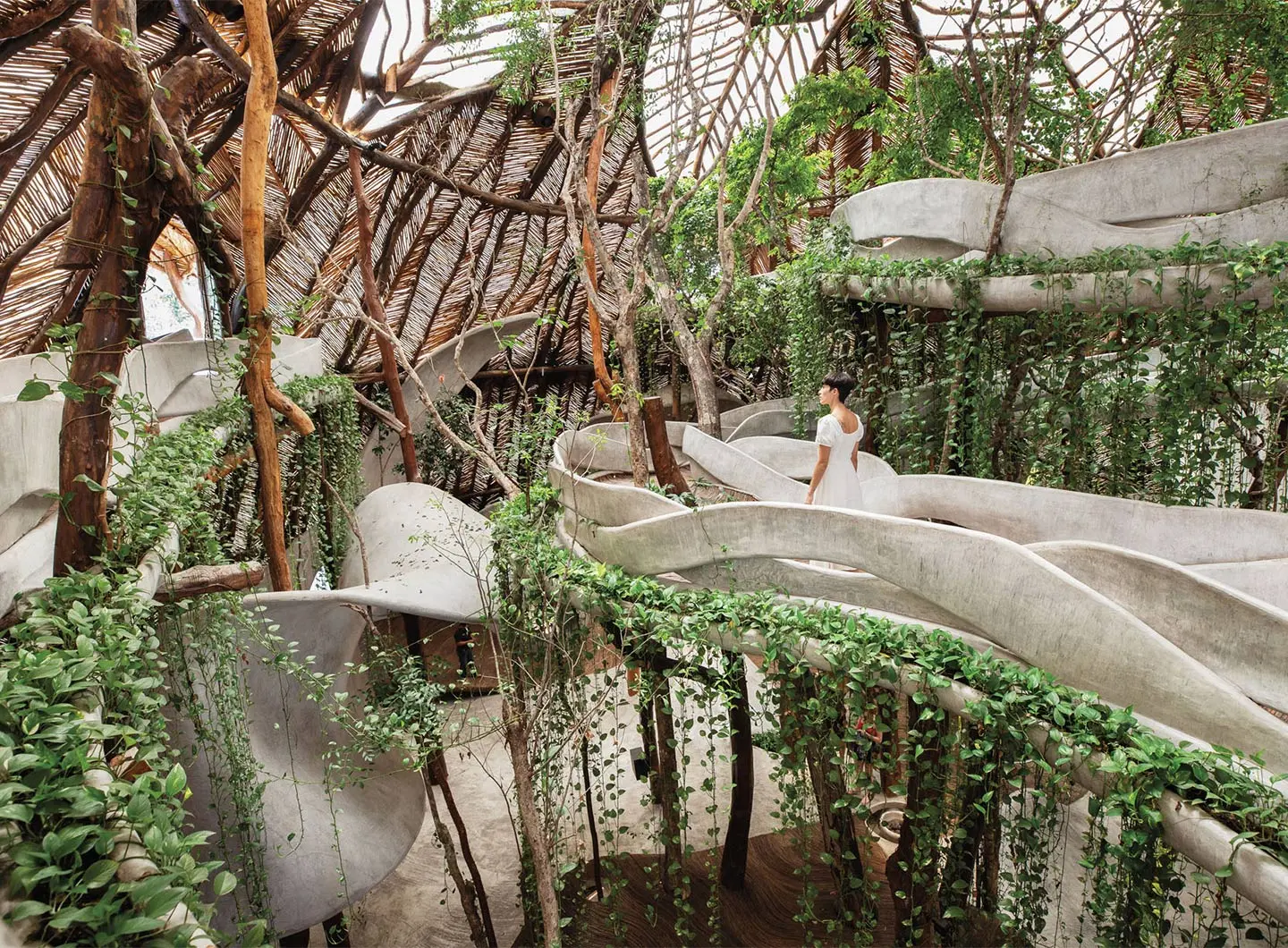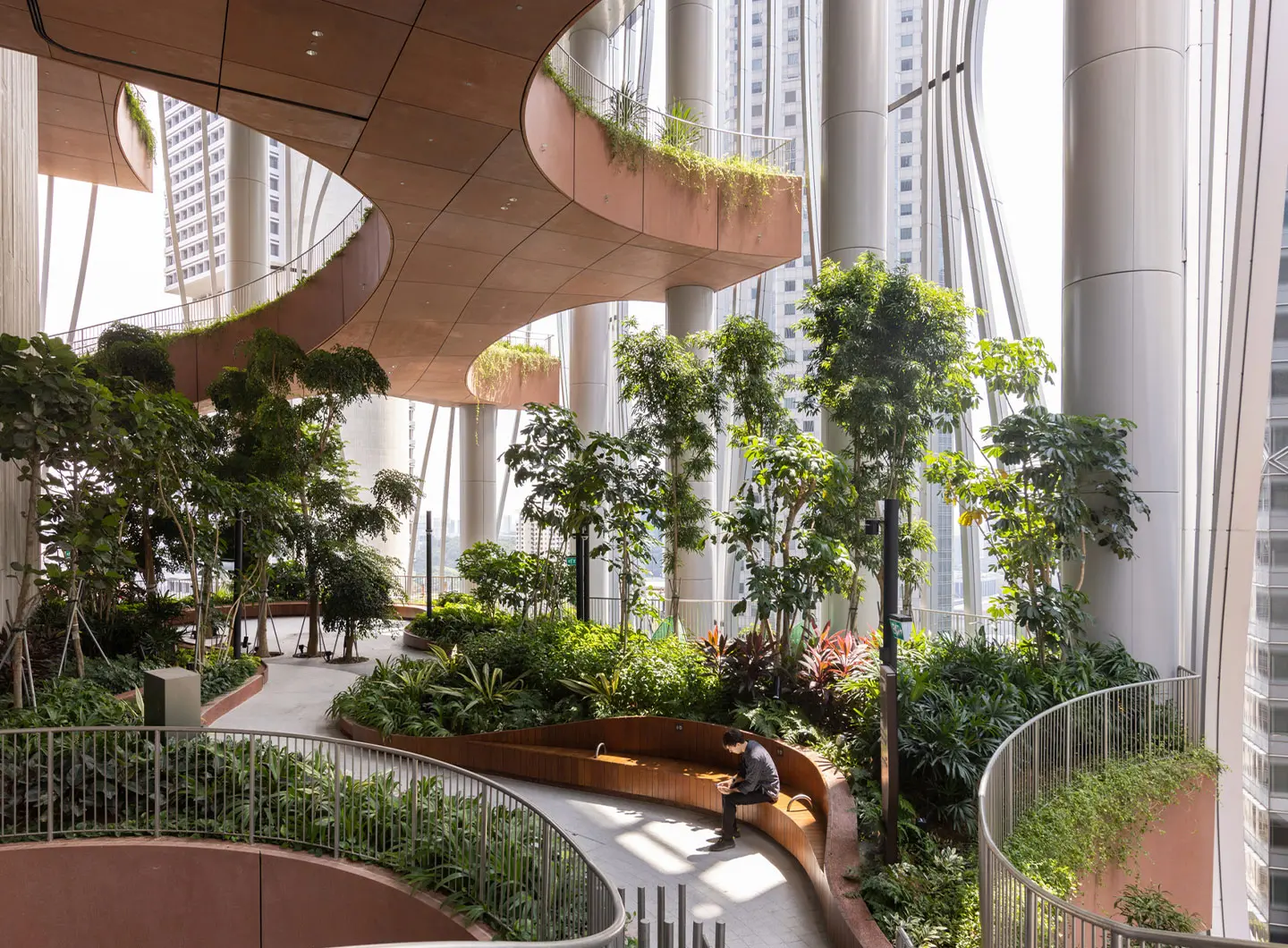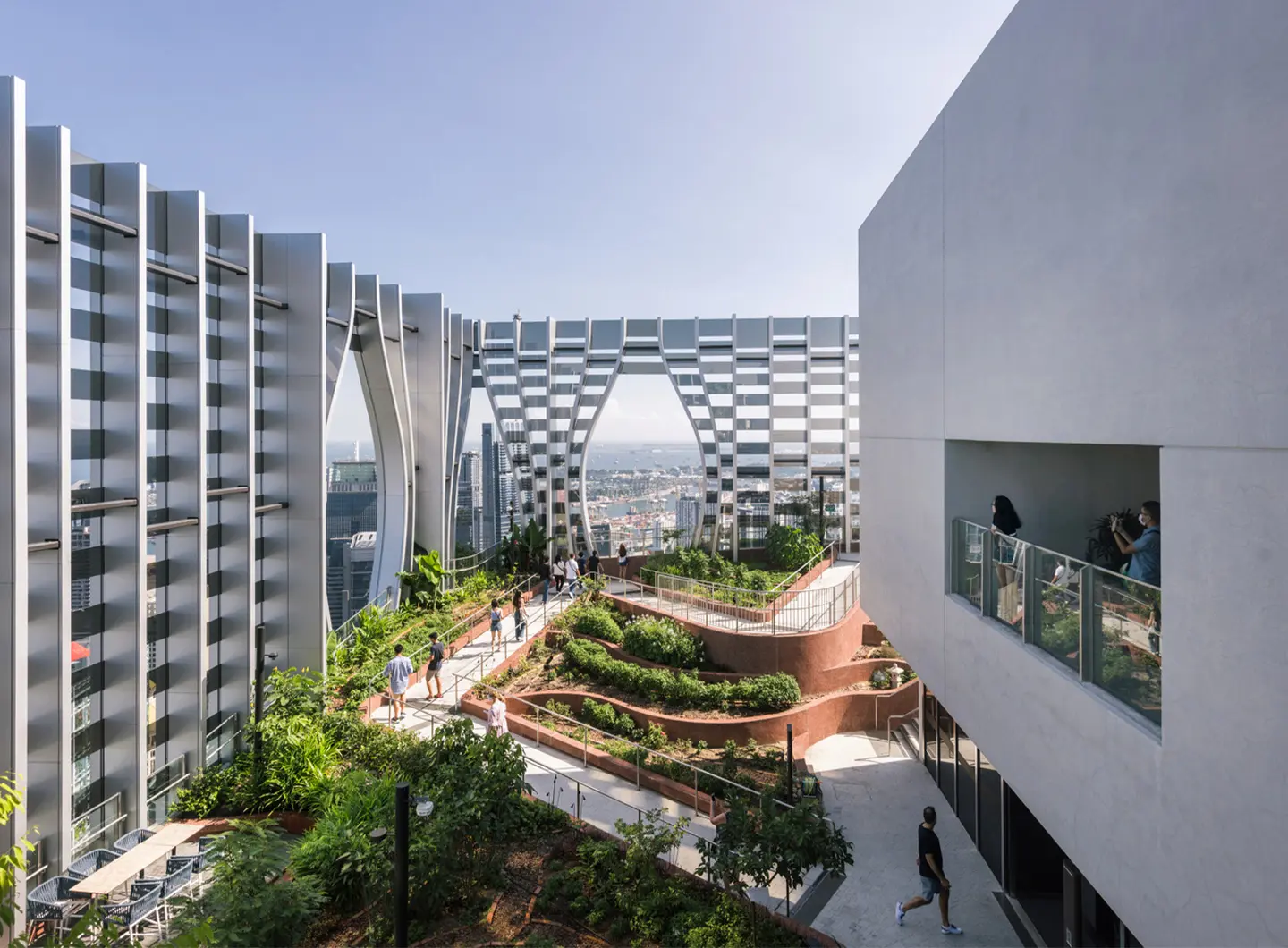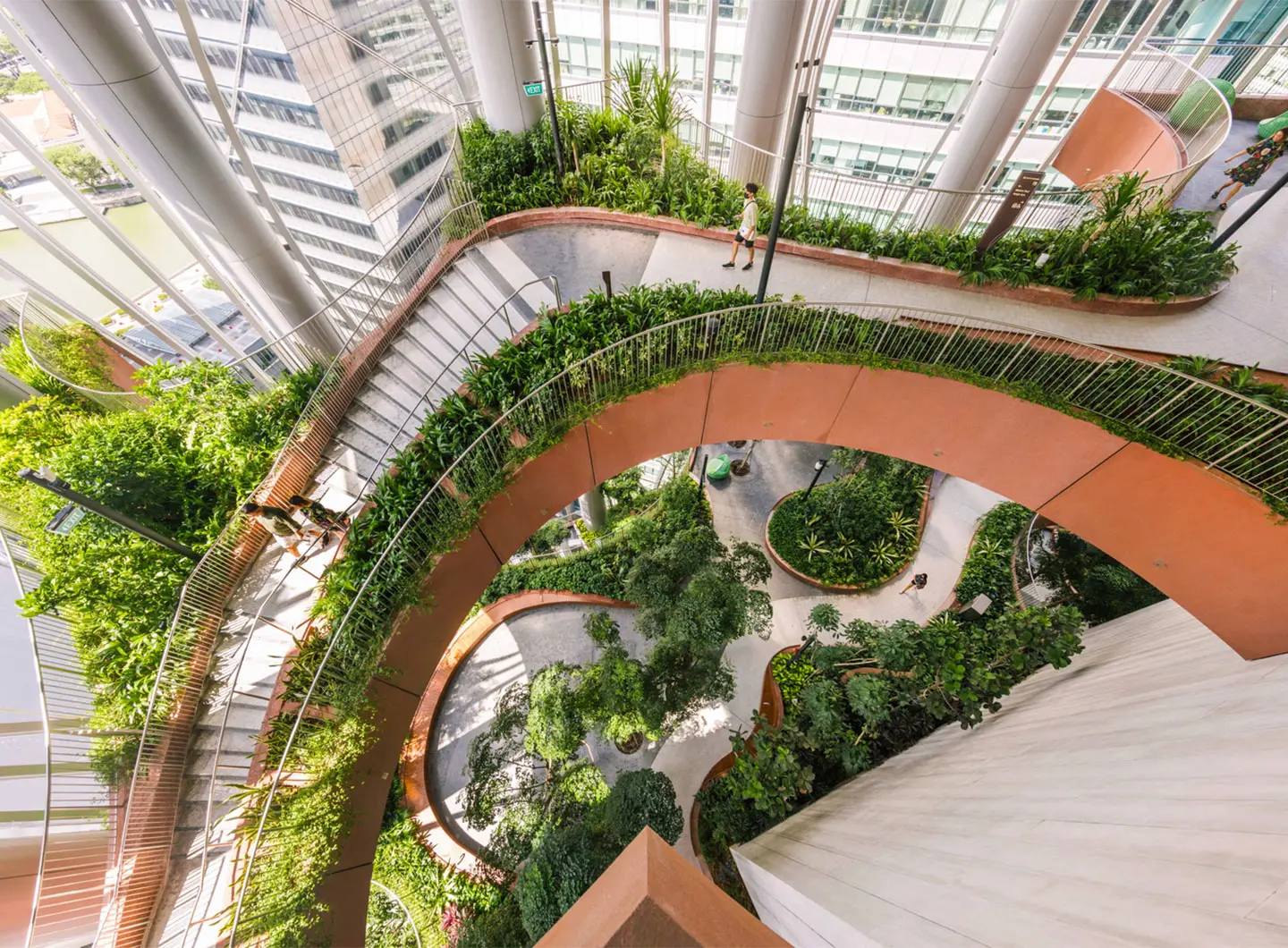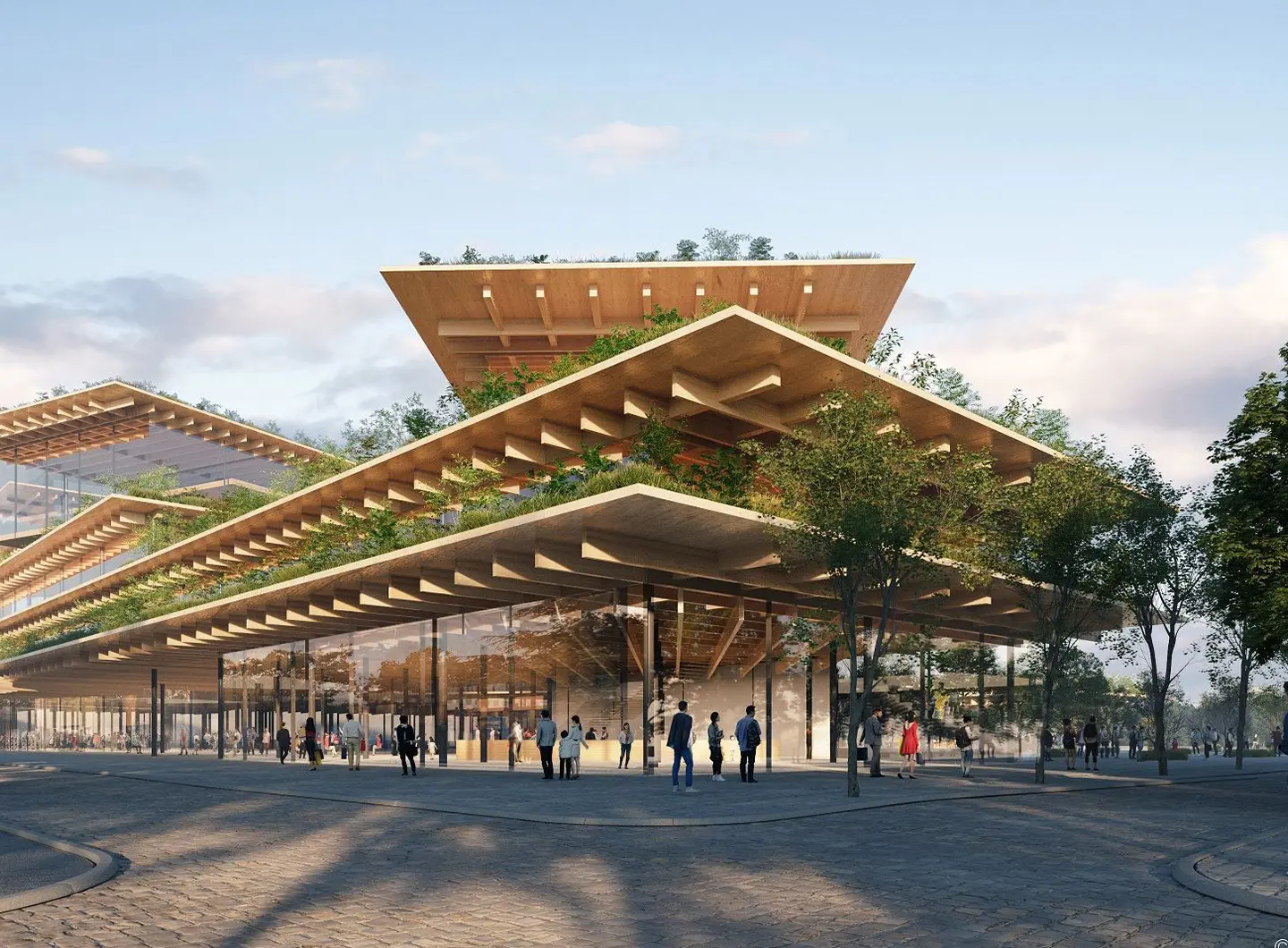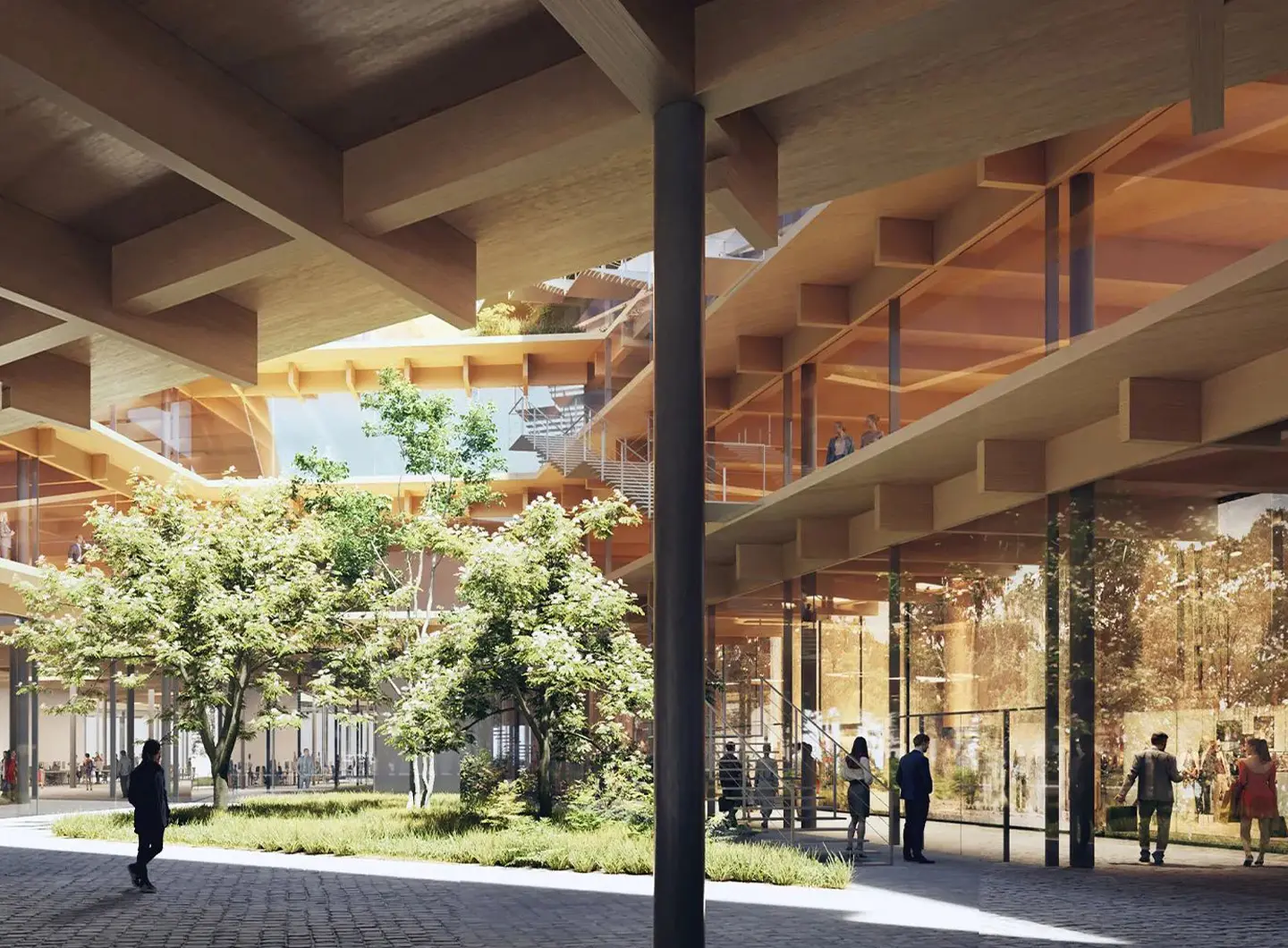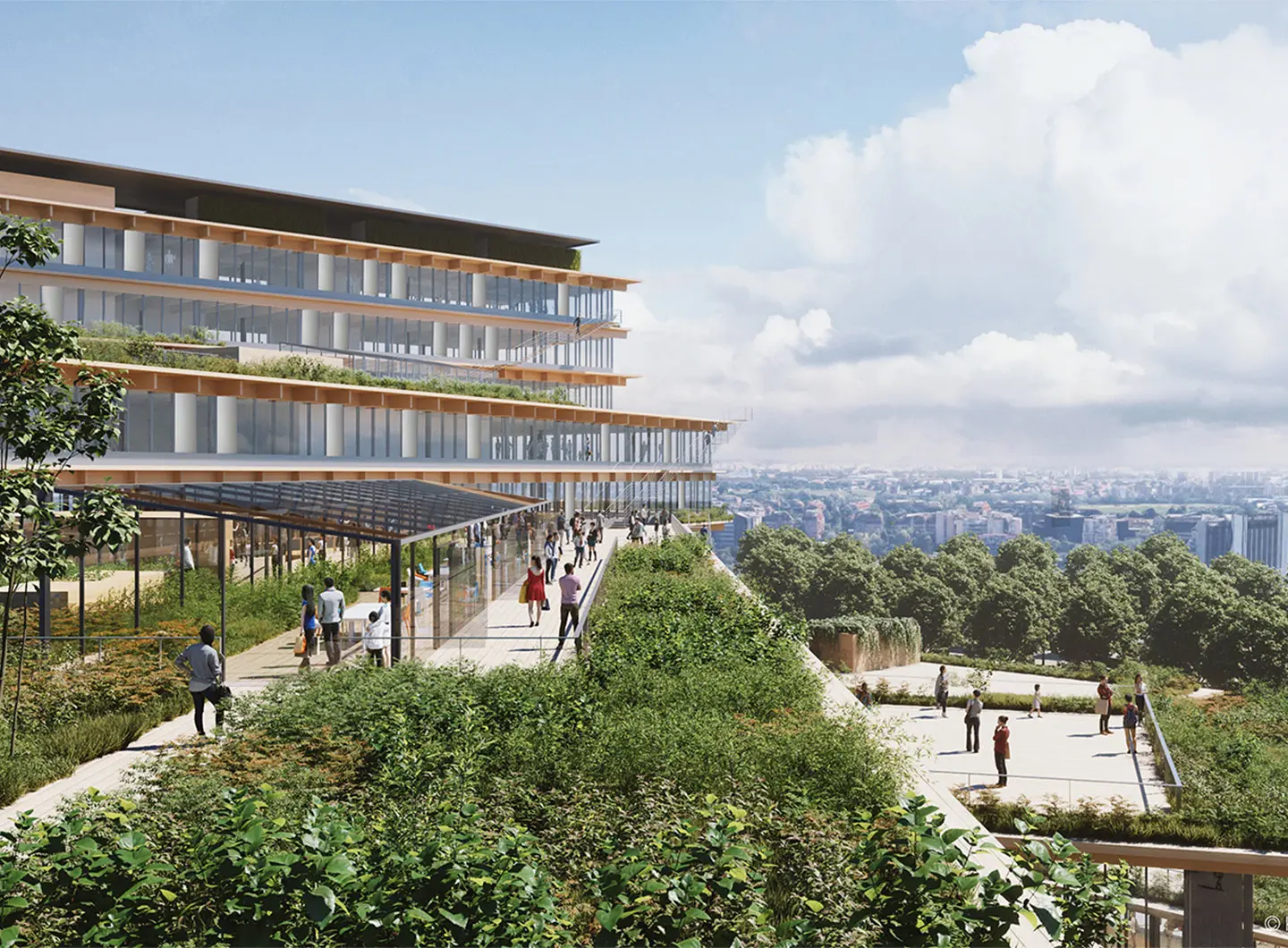From BIG to David Chipperfield, Frank Gehry to Snøhetta: a world tour of the best buildings set to open in 2026
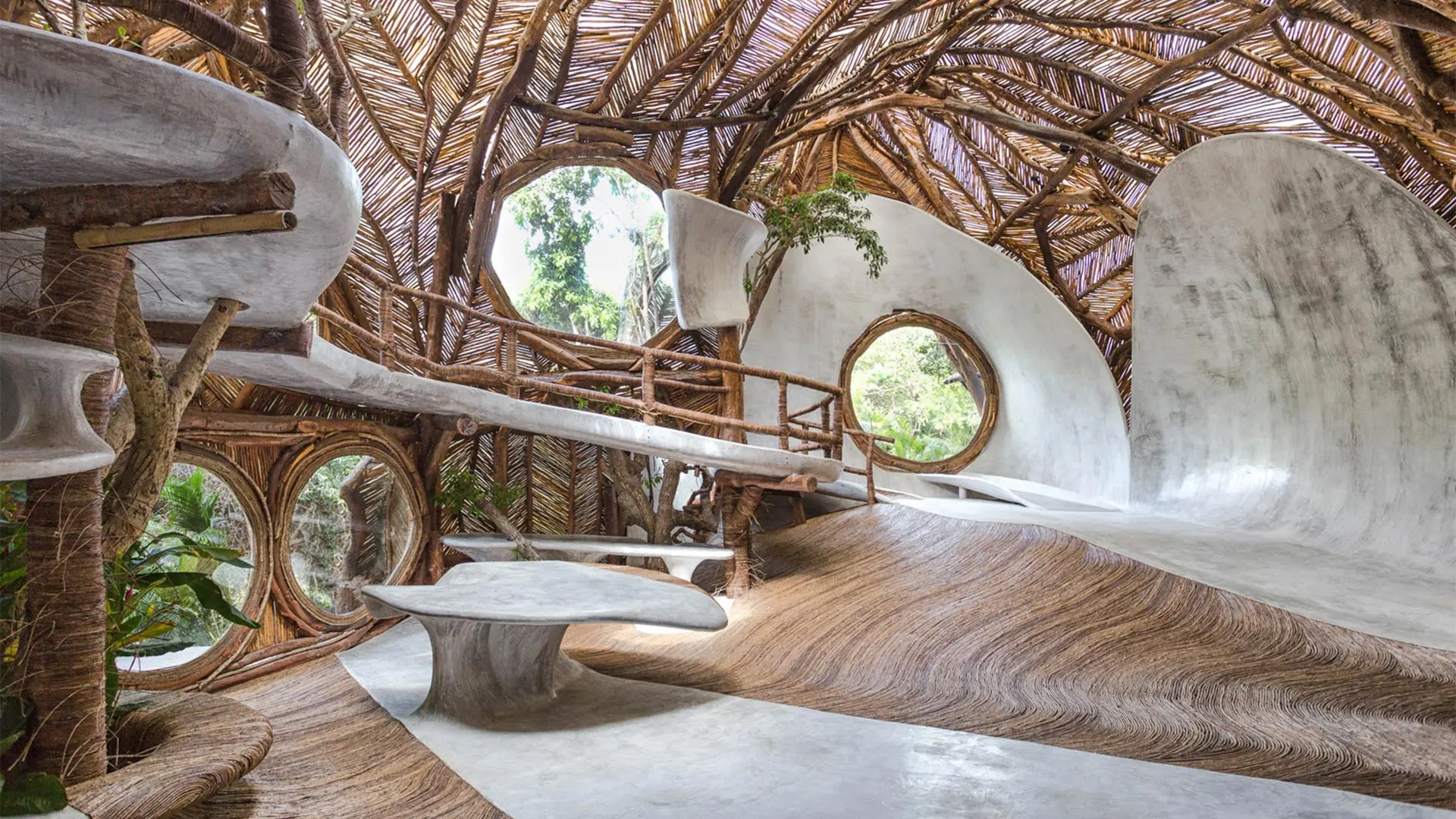
Sfer Ik art centre, designed by Roth Architecture in Mexico - Ph. Azulik
An innovative approach to design that aims to take nature indoors, creating harmonious and healthy spaces, has become widespread over the last few years
Integrating natural elements into architecture to promote people’s wellbeing. This, put extremely briefly, is what defines the approach known as biophilic design (or architecture): a design strategy that takes into account human beings’ spontaneous propensity to feel better in the midst of nature. With a global population largely concentrated in increasingly grey, dense and polluted cities, we need to rethink the way we live so as to “reconquer” nature. The fundamental challenge of biophilic design is to address the shortcomings of the modern built environment, creating new contexts that will allow for the beneficial presence of natural surroundings.
The word “biophilia” was coined by the psychologist Eric Fromm and first popularised in the Eighties by the biologist Edward O. Wilson: it literally means “love of life” and describes the impulse of human beings to associate with other life forms. According to Wilson, people have an inherent need to affiliate with nature, which is instrumental in our physical and mental health and wellbeing. This, Wilson explains, is because the historical evolution of our species has been an adaptive response to the natural world. Man needs nature in order to feel good.
The design disciplines have taken this philosophy on board, coming up with a series of actions that take account of human beings’ spontaneous tendency to feel good in the midst of nature. It is easy to see why: our primitive brain is designed to work better when in a certain type of habitat. Plants, trees, water and a comfortable temperature are precisely the right ingredients for satisfying life’s fundamental needs. In these conditions, we relax, produce fewer stress hormones and have energy to spend on thinking and creativity. We harness direct elements such as plants, water and sounds, as well as indirect ones, such as natural materials, those colours that we describe as neutral but which are, in fact, typical of our original habitat and organising spaces so as to take account of our need for a broad, circular view. These expedients are useful everywhere, but all the more so in places in which spontaneous processes such as learning and healing are triggered.
Stephen R. Kellert, Emeritus Professor at the School of Forestry and Environmental Studies at Yale University has described five conditions essential for the effective practice of biophilic design. Each point also underscores what is NOT biophilic design:
1. Biophilic design emphasizes human adaptations to the natural world that over evolutionary time have proven instrumental in advancing people’s health, fitness, and wellbeing. Exposures to nature irrelevant to human productivity and survival exert little impact on human wellbeing and are not effective instances of biophilic design.
2. Biophilic design depends on repeated and sustained engagement with nature. An occasional, transient, or isolated experience of nature exerts only superficial and fleeting effects on people, and can even, at times, be at variance with fostering beneficial outcomes.
3. Biophilic design requires reinforcing and integrating design interventions that connect with the overall setting or space. Exposures to nature within a disconnected space – such as an isolated plant or an out of context picture or a natural material at variance with other dominant spatial features – is not effective biophilic design.
4. Biophilic design fosters emotional attachments to settings and places. By satisfying our inherent inclination to affiliate with nature, biophilic design engenders an emotional attachment to particular spaces and places. These emotional attachments motivate people’s performance and productivity, and prompt us to identify with and sustain the places we inhabit.
5. Biophilic design fosters positive and sustained interactions and relationships among people and the natural environment. Humans are a deeply social species whose security and productivity depends on positive interactions within a spatial context. Effective biophilic design fosters connections between people and their environment, enhancing feelings of relationship, and a sense of membership in a meaningful community.
The Welcome project by Kengo Kuma Architects Associates, due to be inaugurated in Milan in the coming months, is unquestionably a concrete example of architecture that adheres to these principles.
“The project deviates from the traditional office approach and presents a dynamic layout that cancels any spatial redundancy, thinking about the quality of life for workers while fostering creativity and productivity. The use of natural elements just like architectural and construction components is at the core of the biophilic design concept. In addition to the use of wood to build the structure, the design give plenty of space to vegetation, light and natural ventilation, ensuring the greatest comfort in every situation,” said KKAA project leader and architect Yuki Ikeguchi, who noted that the quality of the project derives from the stratification of different design strategies and expedients.
These include innovative air purification technology, conceived by the Japanese designers in collaboration with the renowned botanist and essayist Stefano Mancuso, who had this to say: “The Air Factory uses plants to purify indoor air in a very short time, eliminating 99% of harmful volatile compounds, which are absorbed and degraded by plants. It’s a system that amplifies the ability of plants to purify the air, a technology that makes use of the vegetation — a nature-based solution. We can measure these performances with sensors, but they are also immediately perceptible by humans. The biophilic office is not limited to this, though. Plants have positive effects on the psyche, health and productivity. This isn’t a ‘new age’ or feel-good idea, but rather a scientific observation proven by thousands of internationally recognized publications. In general, we can say with certainty that there is no other single solution that allows such a large amount of benefits at such a small expense. It’s not a miracle, but simply that plants are our home.”


 Sustainability
Sustainability

